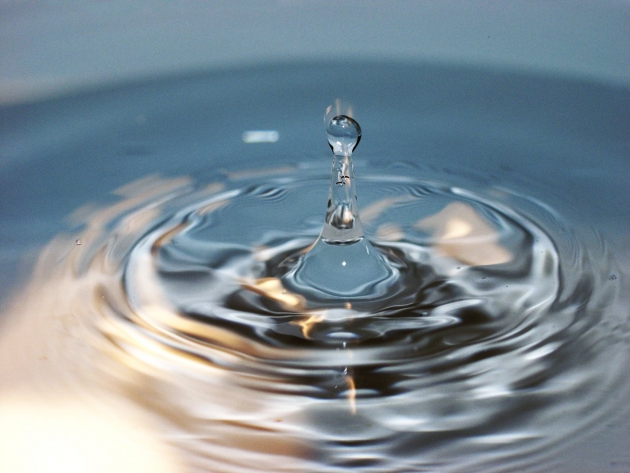With more than 30 years’ experience in the residential and commercial water treatment space, Mark Nelson is a Class 1 Drinking-Water Operator and a CBWA (Canadian Bottled Water Association) Certified Plant Operator. As founder and president of Nelson Water in Ottawa, Mark focuses on dealing with challenging water treatment system designs for problem water. He also heads the largest water bottling plant in the city of Ottawa with a delivery network throughout the Valley.
We all hear a great deal about the importance of nutrients. You can read every day about a new superfood that provides one nutrient or another. So, when you hear that there are minerals in your water, it is difficult to determine if this is bad or good. TDS or total dissolved solids refers to all the elements in your water, but this can mean organic and inorganic substances, so it isn’t that clear cut a situation.
What’s Included in TDS?
Basically, anything dissolved in your water can be classed as TDS. This can include salts, minerals, metals, and anions. So, if you have calcium, copper or manganese in your water, you may also have arsenic, barium, fluoride or even lead. Obviously small quantities of the former can be beneficial for health, while even smaller amounts of the latter can be very harmful.
So Are TDS Dangerous?
According to the World Health Organization, drinking water TDS originates primarily from natural sources, but it can also be caused by urban runoff, industrial waste or even sewage. This means that your TDS may be inert and not harmful to human health or could pose a health risk. In most cases, drinking water TDS does not present a health issue, but TDS exceeding 1000 milligrams per litre is considered to be unfit for human consumption.
Related Problems
TDS can also be associated with other water quality issues. For example, nitrates, lead or arsenic may contribute to your TDS levels. These contaminants can create additional water quality hazards that need to be addressed separately as opposed to as a blanket TDS problem. For this reason, it is important to understand not only your TDS levels, but what levels of contaminants are present in your water. This will allow you to treat any related water problems to ensure that your water is safe.
Treatment Options
If high TDS is causing problems in your home, such as aesthetic issues affecting the taste, smell or appearance of your water, you’ll need to think about treatment options. There are two main methods of TDS water treatment. Carbon filtration is considered the first line of defense against bad odours, colours, and tastes. The carbon media can attract and retain any dissolved contaminants that may be compromising your water quality. Carbon filters tend to be one of the most cost efficient and easiest forms of water treatment, but the filters will need to be changed regularly, as a clogged filter will lose its ability to collect contaminants, allowing all TDS materials into your drinking water.
Another effective option for addressing high TDS is Reverse Osmosis. This type of water treatment involves pushing water through a semi permeable membrane. This membrane has small pores that allow water molecules to pass through, but exclude the larger contaminant particles. RO provides a superior level of filtration and can effectively eliminate arsenic, nitrates, salts, pesticides, and even viruses.
If you have concerns about high TDS in your water, you should speak to a water treatment specialist. An experienced professional can not only test the TDS levels in your water, but guide you through the most appropriate treatment options.

